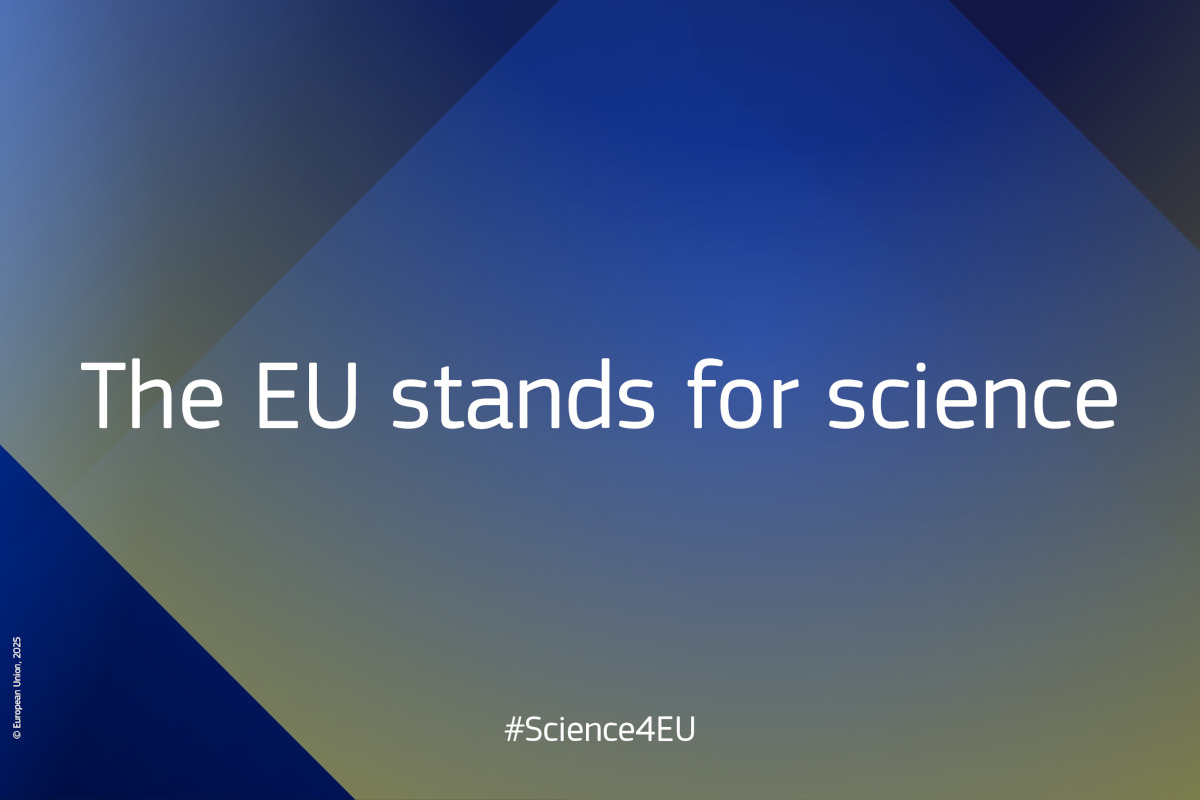Farmers and foresters across Europe are sharing sustainable bio-based practices and technologies, showing how local knowledge and European collaboration can help drive the transition to a greener future.
Special series

Science4EU
The Science4EU campaign shows how the EU stands for science. It shines a spotlight on the scientists, researchers, and innovators working with EU support to improve our lives and shape a better future for everyone.
Do you also stand for science?
Podcast
Media AV Portal Audio
More stories

An EU-funded research initiative is guiding Europe’s coal regions through the transition to renewable energy, while focusing on job creation and clean energy.
Most popular
-
1By Michaela Nesvarova
-
2
-
3By Michaela Nesvarova
-
4By Sofia Sanchez Manzanaro
-
5
Top videos
Turning local know-how into European solutions for smarter bio-based farming
25 July 2025
Fighting fire with innovation: a pan-European push to tackle extreme wildfires
23 July 2025
Past articles
From the galactic to the quantum, the science of invisibility is revealing new ways to manipulate the world, said Professor Ulf Leonhardt, from Israel’s Weizmann Institute, after giving a presentation at TEDxBrussels on 1 December.
Graphene that can be made in a kitchen blender is opening up a new world of printable electronic devices, according to Professor Jonathan Coleman, speaking after making a presentation at the TEDxBrussels conference on 1 December.
Ultra-short bursts of light are helping scientists see the movement of electrons in real time and opening up the possibility of controlling their activity, with potential applications that include super-fast computing and a window into the mechanics of chemical reactions.
Light pulses that last just a billionth of a billionth of a second are allowing scientists to view the movement of electrons in detail for the first time. In the darkest month of the year, Horizon turns its gaze towards the science of light.
Giant kites as big as two family homes are being built to harvest energy from high-speed winds up to a kilometre above the earth’s surface.
Researchers are working to increase the speed and bring down the cost of HIV tests, and the technology they are developing could have a major impact on the way the disease is treated.
Sharp-nosed citizen ‘watchmen’ are helping scientists monitor odours from industrial sites and the resulting data is being used to help fight smell pollution.
Wearable technology isn’t just about gadgets. Scientists are developing a new generation of fabrics and materials with health applications from pain relief to fighting infection.
A special form of man-made crystals known collectively as perovskites have stunned scientists with their capacity to convert sunlight into electricity, and further development could reduce the cost of renewable energy.
Early cancer detection and faster mapping of DNA are just some of the potential applications of fluorescence microscopy, an imaging technique that allows us to peer into the world of individual molecules and earned its inventor Professor Stefan Hell a share of the 2014 Nobel Prize for Chemistry.
Falling in with the wrong crowd at school or college can lead some young people astray but not others – now researchers are closing in on the addiction genes that determine whether bad habits stick.
Foods that make us feel fuller faster and for longer could be the key to managing obesity, according to EU scientists who are developing a new range of appetite-suppressing foods to help us control how much we eat.
Many of the drugs we use today originate from the healing properties of medicinal plants. Now researchers are augmenting plants so that they can serve as natural factories for the world’s drugs and chemicals.
Many of the drugs we use today originate from the healing properties of medicinal plants, now researchers are augmenting plants so that they can serve as natural factories for the world’s drugs and chemicals.
The Philae probe landing on comet 67P/Churyumov–Gerasimenko on 12 November was awe-inspiring, but the main science phase of Rosetta is yet to come, said Dr Colin Snodgrass, the coordinator of the mission’s ground-based observation campaign and lead scientist on the EU-funded ISANDAL project, speaking from the European Southern Observatory in Chile.
Drugs that could make you into a morning person or help shift workers to concentrate at night could become a reality thanks to fresh insights into how the body clock works at a cellular level.
Scientists who made it possible for two people to communicate across continents by thought alone are now developing their headset technology for commercial use in medical applications.
Brain patterns that you are not even aware of could trigger the release of drugs to treat epilepsy or pain as a result of technology which is already in development.
New techniques to split water into hydrogen and oxygen are raising hopes of a clean, cheap energy source that could power everything from blowtorches to a city’s electricity supply.
The Large Hadron Collider (LHC), the world’s biggest particle smasher, will look for known unknowns such as dark matter, but also for so-called unknown unknowns that researchers have little idea about. That is according to Professor Fabiola Gianotti, the newly appointed Director-General of CERN, the European Organization for Nuclear Research, which helped identify the Higgs boson.




























